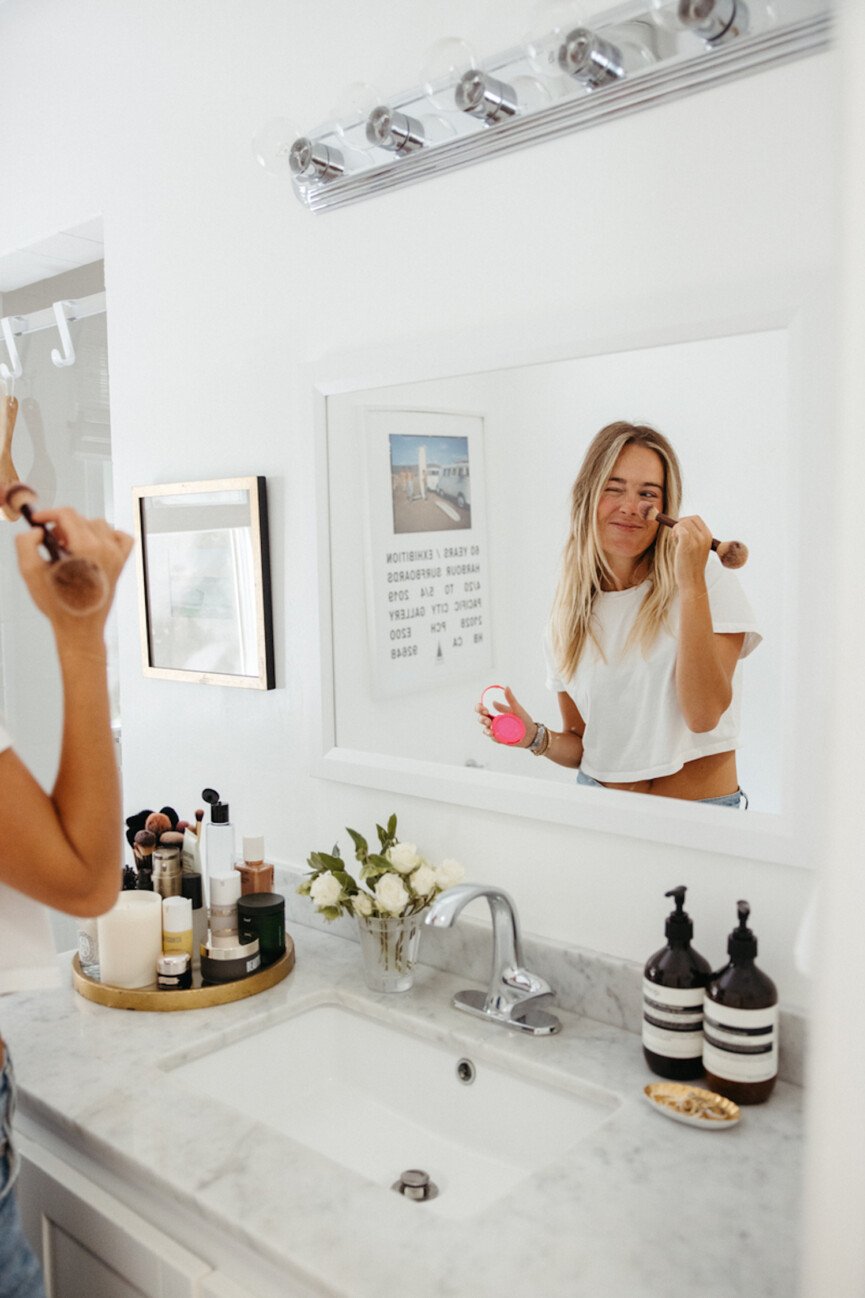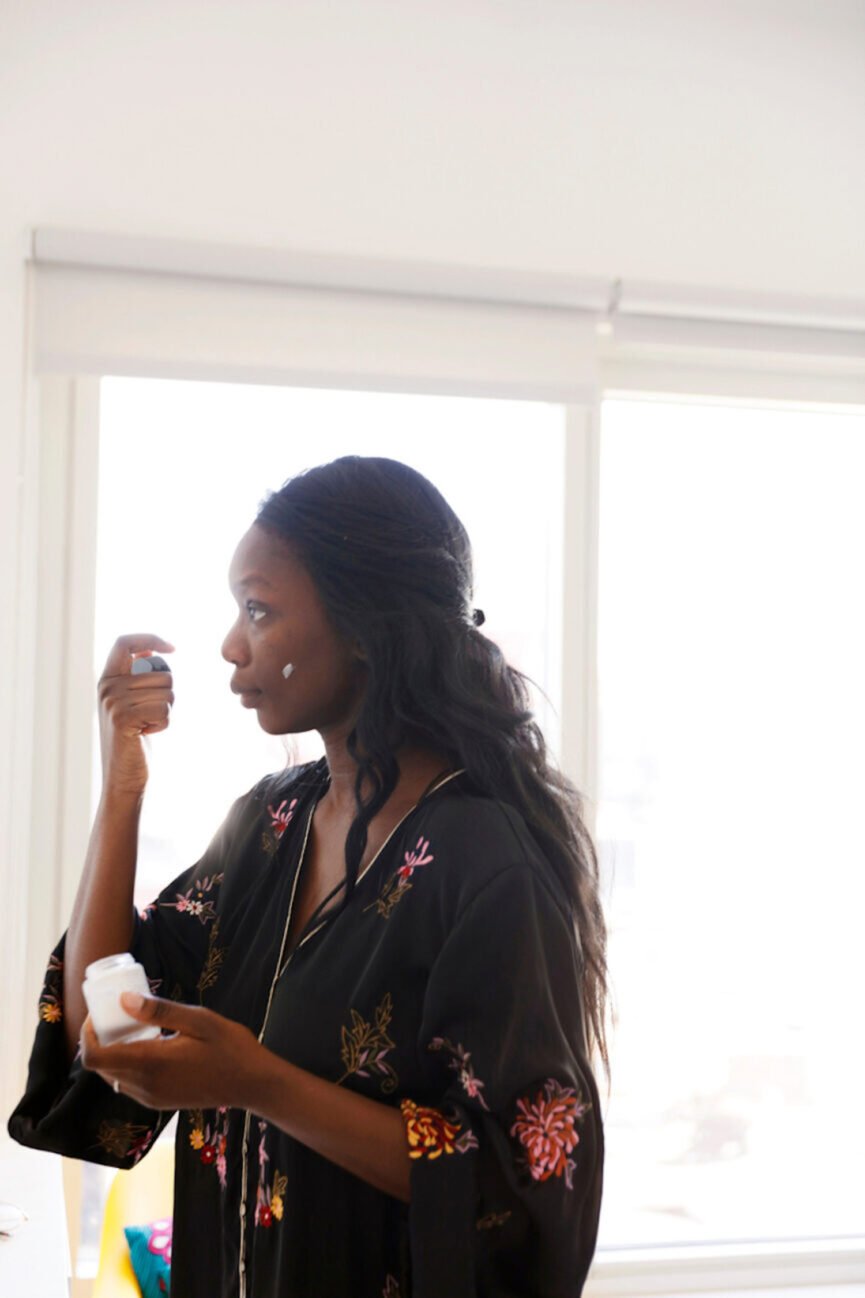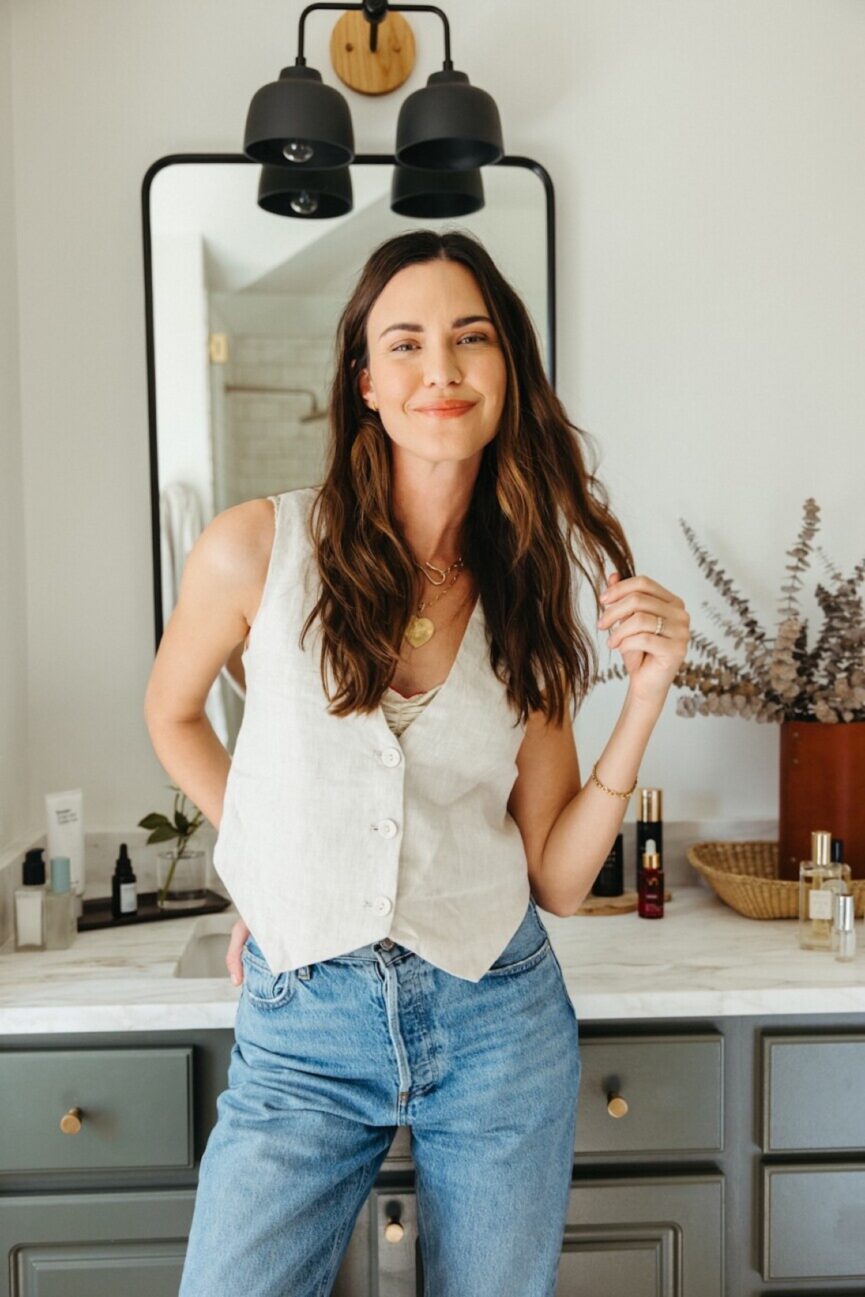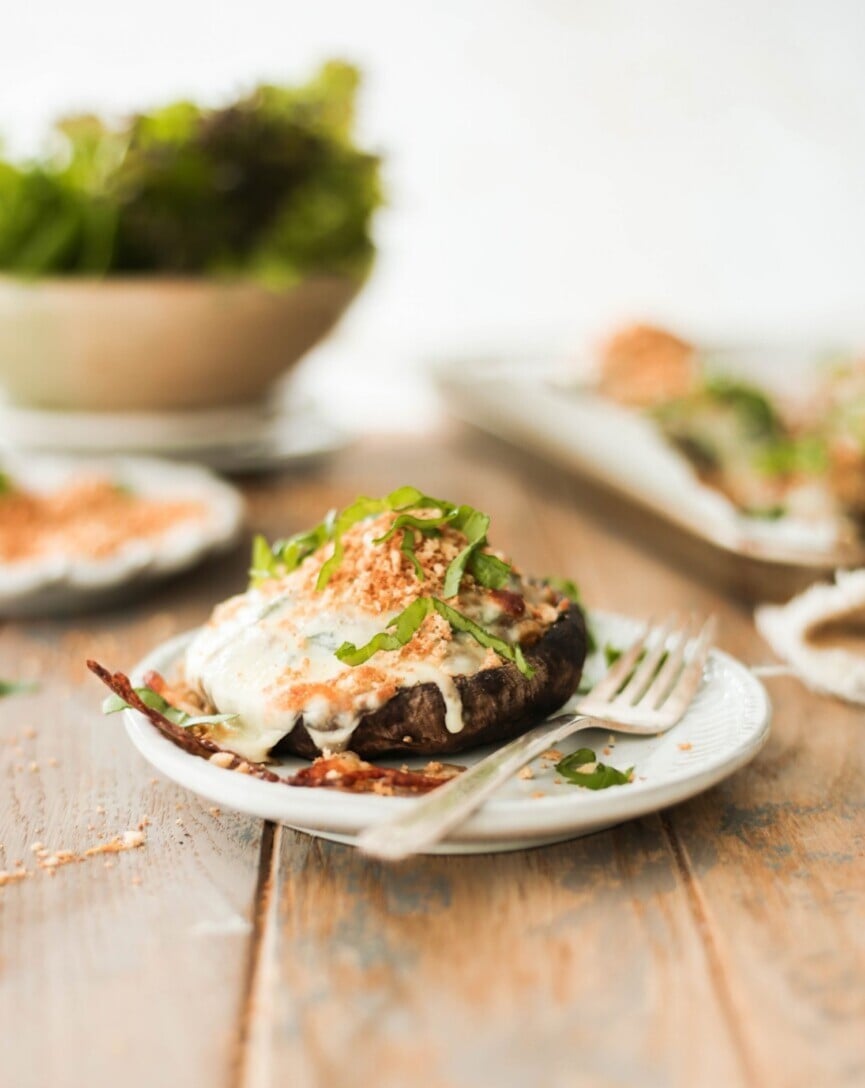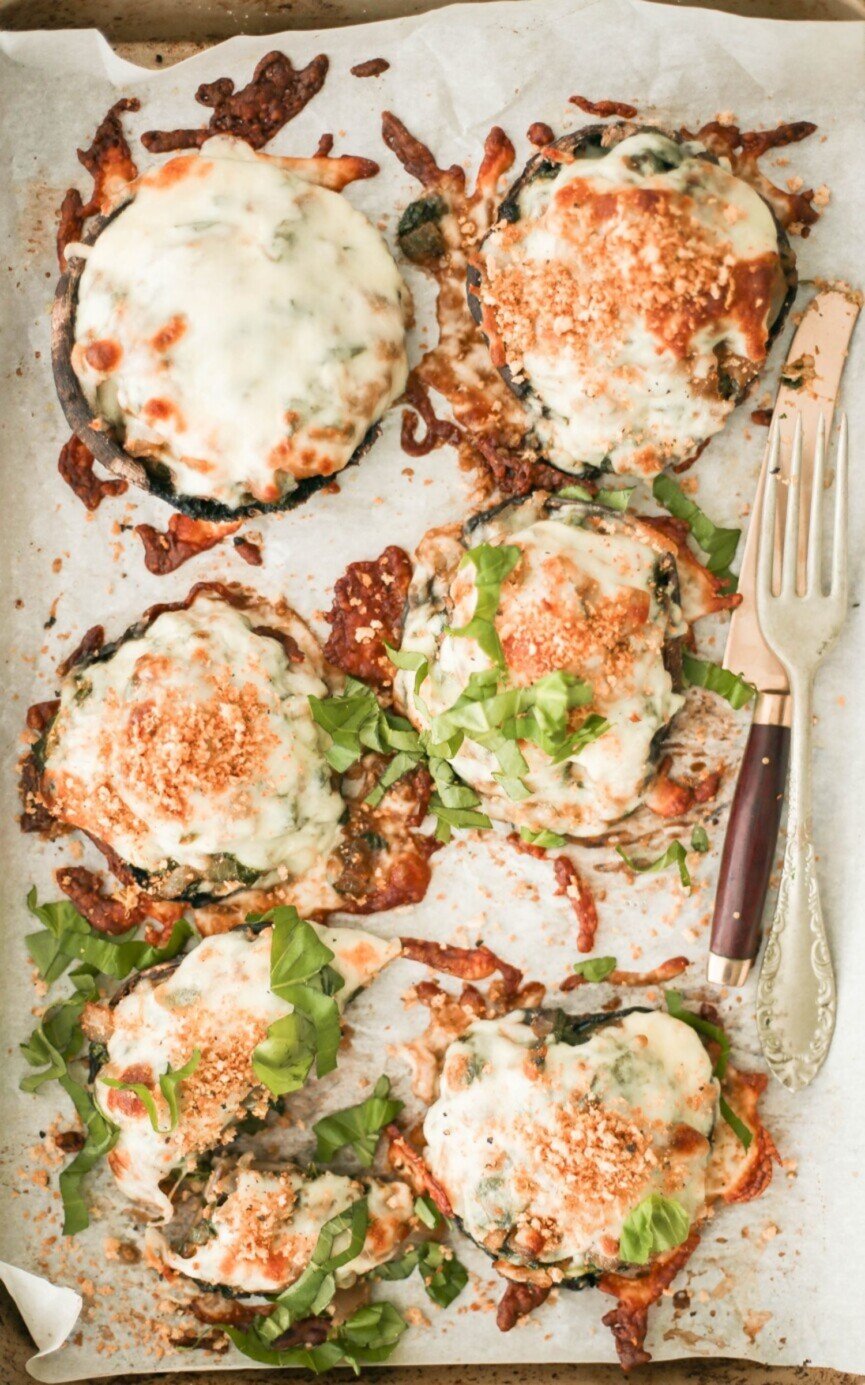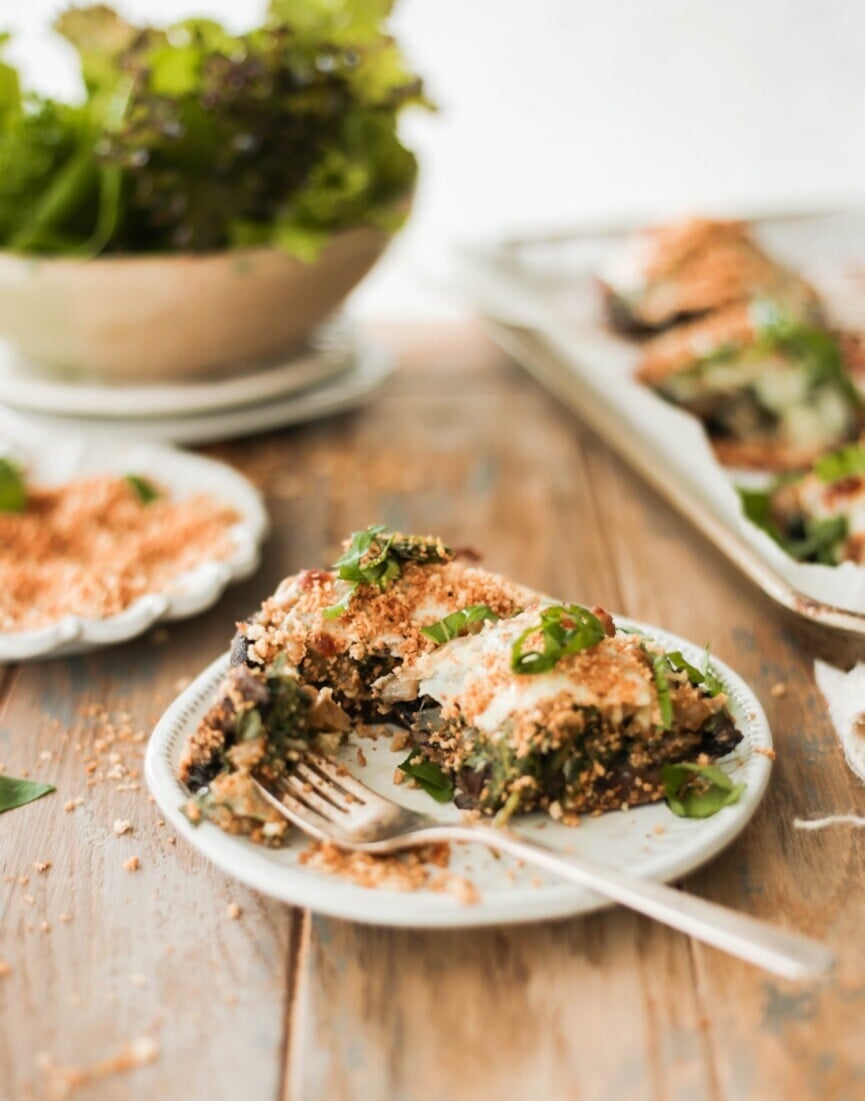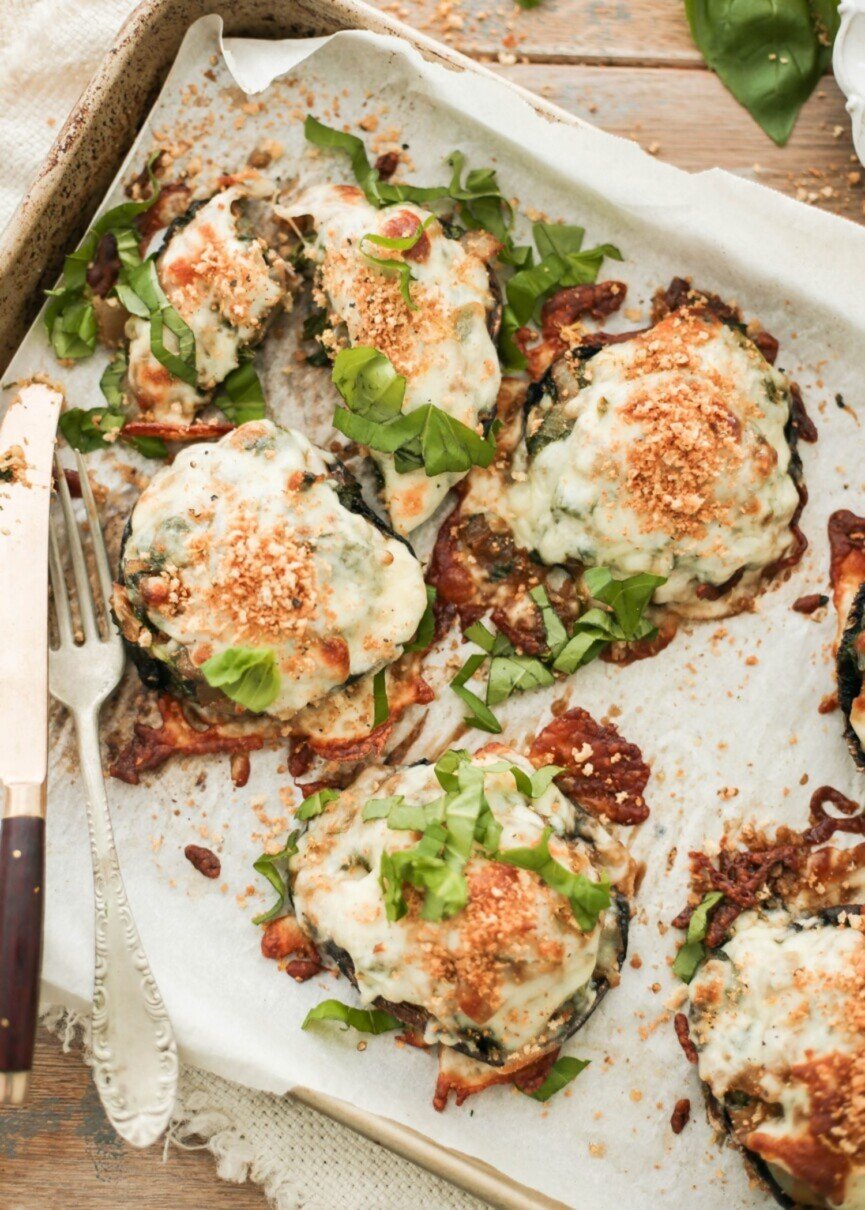We may receive a portion of sales if you purchase a product through a link in this article.
Skincare is a slippery slope. You start seeking specific treatments, and suddenly, you’re all in. One second, youâre looking for the best face oil for oily skin or wondering how to start your tretinoin journey. Next thing you know, youâre researching the merits of hydrogel masks and wrinkle patches.
Wrinkle patchesâjust the name alone sounds buzzy. Clearly, everyone seems to think so, as they’re trending upwards in interest across the industry. But what are they? Think: targeted pimple patches, but for your fine lines. From small micro-dart patches for your smile lines to goopy sheet masks for your forehead and neck, wrinkle patches come in all shapes and forms to target signs of aging. Compared to other anti-aging devices on the market, like the plethora of high-tech infrared masks or microcurrent devices probably sitting dormant on your shelf, wrinkle patches are simple and easy to use.
But of course, that begs the question: are wrinkle patches too good to be true? Let’s investigate.
What are wrinkle patches?
Over the past decade, weâve seen a shift in how we think about aging. These days, getting older is seen as something to celebrate instead of dread. A few years ago, people proclaimed that 30 was the new 20. Now, itâs 40 (and upwards). And the beauty industry is reflecting this.
Increasingly, beauty brands made for women are founded by women. This industry reshuffling has led to major strides in diversity, product development, clean beauty, and how we think about aging. Products on our shelves arenât trying to âfixâ us. Instead, they’re rituals and tools to help us define what aging gracefully meansâon our own terms.
Many of my anti-aging routines are more focused on rituals and health benefits than my actual appearance. For example, using a gua sha can have a sculpting and smoothing effect, but the reason I am so consistent with it is because of the meditative and lymphatic drainage benefits. When sheet masks emerged as the hallmark of self-care, they were so addictive because they felt relaxing. Just placing a sheet mask on your skin feels like pressing reset. How well they work is a bonus.
Now that wrinkle patches are taking over, it’s fair to wonder: will they become as ubiquitous as their predecessors or will they fade away? After trying a few variations, Iâm a believer. But I spoke to some experts to truly understand if wrinkle patches work and if you should add them to your routine.
Meet the Experts
- Ellen Turner, M.D., ABPS, AAAM, Board-Certified Dermatologist
- Gabrielle Requena, Founder of Wrinkles Schminkles
- Helen Morrison, President of Morrison Consulting & Morrison Family Marketing, a Content Strategist, Brand Builder, Content Creator, and 5th Generation Female Owner and Face of Frownies
Is there anything that really works for wrinkles?
To properly address wrinkles, we need to first understand what causes them. “Premature aging of the skin primarily comes from outside factors,” notes Dr. Turner. She cites the sun, blue light exposure, and pollution alongside “factors such as stress, health, and nutrition.”
She continues: “Fine lines and wrinkles develop as a direct result of our collagen and elastin being broken down and the process of renewed collagen and elastin production being slowed or reduced by these factors.”
While there are collagen creams and supplements to help you regain your skin elasticity, preventative skincare is the way to goâhelping you minimize signs of aging before they start to show.
According to Dr. Turner, “Preventative skincare for anti-aging involves daily use of sunscreen, antioxidants (like vitamin C), peptides, growth factors, retinols, and moisturizers, alongside gentle cleansing, healthy lifestyle choices, and regular skin checks with a dermatologist.”
How effective are patches at addressing wrinkles?
“Wrinkle patches are designed to smooth and hydrate the skin, typically targeting specific areas prone to wrinkles, such as the forehead, around the eyes, and between the eyebrows,” says Dr. Turner.
“These patches work by delivering active ingredients, like hyaluronic acid or peptides, directly to the skin’s surface, helping to plump and firm the skin temporarily. They also create a barrier that locks in moisture, which can improve the appearance of fine lines and wrinkles.”
Wrinkle Patch Myths
Wrinkle patches might be effective, but as with any new skincare trend, there are myths about how they work and what they can do.
“One common myth associated with wrinkle patches is that they can permanently erase wrinkles,” says Dr. Turner. “While these patches can provide temporary improvements in the appearance of wrinkles by hydrating and smoothing the skin, they do not offer long-term or permanent results.”
Tips to Strengthen the Benefits of Wrinkle Patches
Though wrinkle patches alone cannot permanently erase fine lines, they can work alongside your skincare to prolong and strengthen their effects, Dr. Turner encourages.
“Some people may also believe that wrinkle patches are only effective when used alone, without any additional skincare products. However, for optimal results, it’s often recommended to incorporate wrinkle patches into a comprehensive skincare routine that includes cleansing, moisturizing, and using other anti-aging products, such as serums and creams.”
What to Consider Before Using Wrinkle Patches
Dr. Turner recommends assessing your skin type and concerns to decide whether or not to use wrinkle patches. “Consider your skin type and any underlying skin conditions. Wrinkle patches are generally safe for most skin types, but if you have sensitive skin or certain dermatological issues, it’s crucial to consult with a dermatologist before use.”
She also recommends considering how they fit into your routine. “Wrinkle patches can complement other anti-aging products and practices, such as sunscreen, serums, and retinoids. If you’re already diligent about skincare and looking for an additional targeted treatment, wrinkle patches may be a suitable option,” Dr. Turner affirms.
Silicone Patches Versus Adhesive Patches
To understand the differences better, I spoke to experts from two of the most popular wrinkle patch brands, Wrinkles Schminkles and Frownies.
“Not all wrinkle patches are equal and work the same way,” says Gabrielle Requena, founder of the cult-favorite Wrinkles Schminkles. Wrinkles Schminkles are silicone anti-wrinkle patches while Frownies are adhesive forehead casts targeting forehead wrinkles. The former targets the skin, the latter targets the muscle.
How do your wrinkle patches work?
Requena: Wrinkles Schminkles is the pioneer of the reusable 100% Medical Grade Silicone Patch. Medical Grade Silicone is a skin-safe material that’s been clinically proven to boost hydration and collagen production while helping to refine the appearance of lines and wrinkles.
We use a manufacturing process thatâs used to make silicone tape for scarring. This product efficacy can be equal for the treatment of lines and wrinkles and effectively works in three key ways:
- Compression. Our patches keep the skin taut so it canât crease and the wrinkles can’t form.
- Circulation. Our patches regulate blood flow to the skincare surface which can help stimulate collagen.
- Hydration. Our patches draw up moisture to create an occlusion between the skin and the patch ensuring hydration to the skincare surface.
You’ll see a visible difference the second you remove your patch, which only amplifies when you use (and reuse) them regularly.
Morrison: Frownies target the facial muscles. Frownies have a water-activated adhesive that dries and hardens, creating a splint for the facial muscles. Frownies essentially create a forehead cast that holds the muscles smooth and relaxed.
Over time and consistent use, Frownies help to retrain the facial muscles to relax and help you to become aware of your facial habits and how often you are unconsciously furrowing your brow. As you continue to use Frownies and develop facial awareness, you can learn to stop furrowing and holding so much tension in your face.
Wrinkle patches are not meant to be a quick fix. While they may have an immediate temporary effect, a true change will require time and consistent use. It takes 12 weeks for the skin to undergo full cell turnover and about 12 weeks to start to see real muscular changes.
Signs You Should Start Using Wrinkle Patches
Morrison: If you hold a lot of tension in your brows and furrow, squint, and raise them often, you should start wearing Frownies. If you see any faint fine lines forming and donât want them to get deeper, you could use Frownies.
Requena: If you start to see visible signs of aging caused by the natural aging process, sun damage, or side sleeping, then you are a perfect candidate for line refinement using patches. We have created patches for the most common target areas: chest, eyes, forehead, neck, mouth, and hands.
The Best Wrinkle Patches to Add to Your Routine
“You’ll see a visible difference the second you remove your patch and that difference only amplifies when you use (and reuse) them regularly,” says Requena.
“Frownies specifically work on areas where muscle contraction is what is creating the wrinkle. Frownies are very effective on wrinkles created by muscle tension and contraction,” says Morrison.
These unique, dissolving microneedling patches are infused with retinol, peptides, and vitamin C to effectively smooth and reduce the appearance of fine lines and wrinkles.
These patches combine the power of retinol with micro-dart technology to target crow’s feet, forehead wrinkles, and frown lines.
This reusable silicone mask set helps seal your moisturizers, serums, and retinols to supercharge your skincare.
These patches fit to every corner of your face to plump and rejuvenate while preventing early signs of aging.





